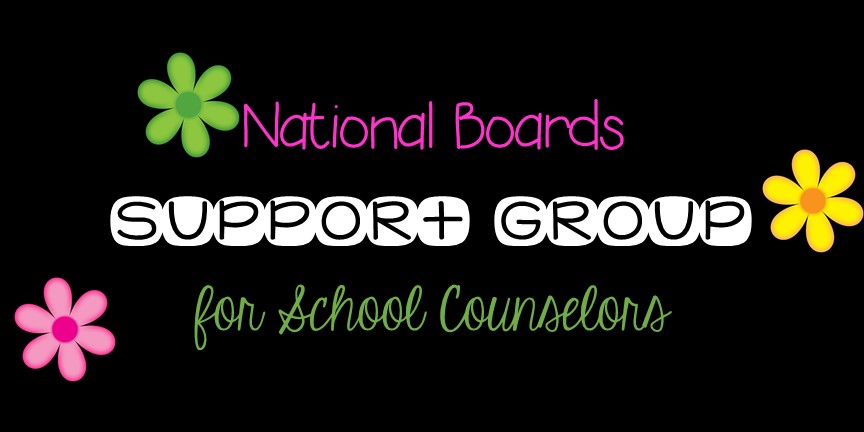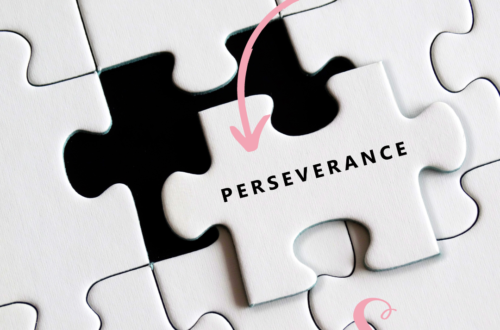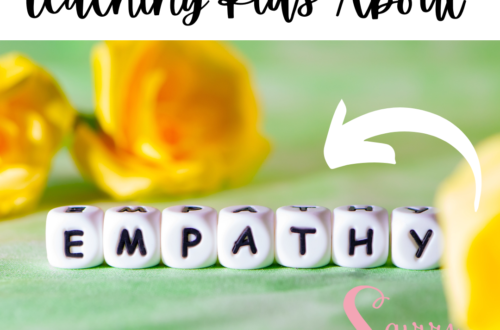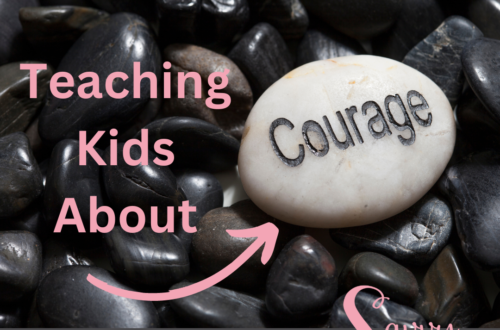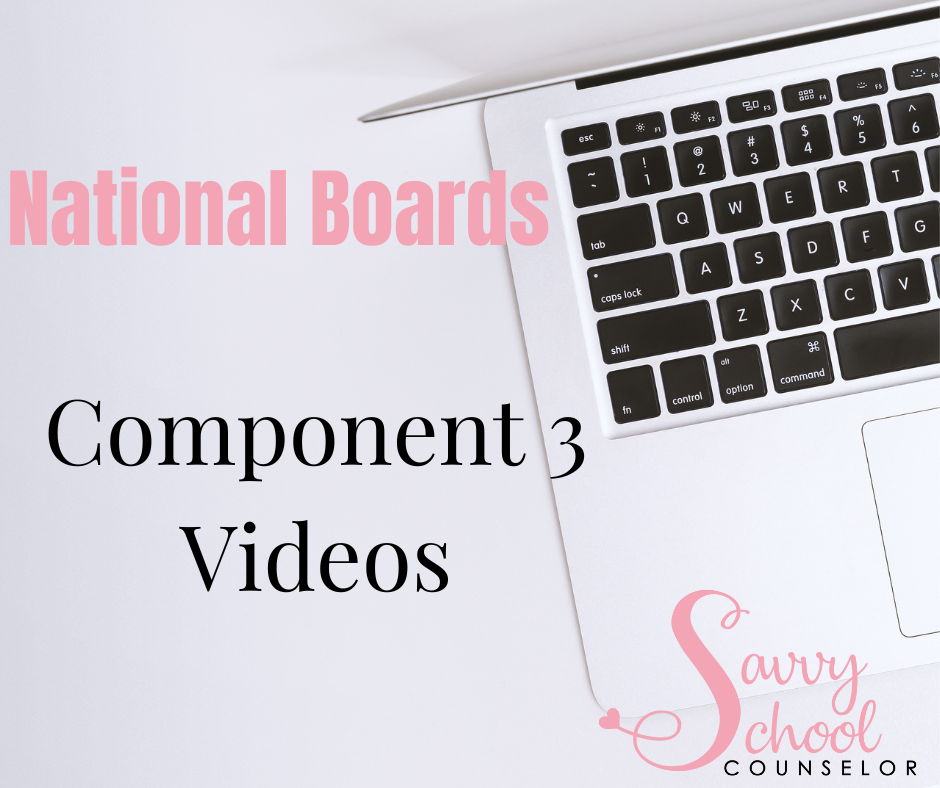
National Boards: Component 3 Videos
Component 3 involves submitting video footage as part of your evidence. Today, I’ll discuss a few things to think about when it comes to creating your videos.
Most of what I wrote in an older post, National Boards: Pointers for Videos, is still relevant to the current National Boards process. However, in the current process, Component 3 is the only part of your portfolio that requires video footage. There are still two videos required and each should focus on topics that tie directly to your instructional goals. Your videos will feature two separate units and will demonstrate evidence of how you engage your students during instruction. Your videos should show different forms of instruction. If one video is a whole class lesson, make sure your second video is a small group or individual session and NOT another whole class lesson. You’ll also want to be sure to demonstrate different counseling strategies and content in your videos.
I really like how the current process allows candidates to choose their own topics and instructional formats. Take some time to really think about where your program shines and what will be the best lessons to showcase in your components.
Let’s talk a little more about your videos.
Your Video Plan
One of the first things I spoke about in the older post is still number one on my list: Use the written commentary questions and the level 4 rubric of Component 3 to plan your lesson. Do not choose a random lesson and just record yourself teaching it. Also, you’ll want to pay attention to the time constraints of the video and make sure that you include within that time what the assessor is going to be looking for.
Each time I prepared for my videos (in my initial certification and when I renewed) I started with what was required in the written commentary. Some of the questions are specific to your video such as:
“What specific approaches, strategies, techniques, or activities did you use to promote active student engagement in the lesson? Cite specific examples from the video recording.” – You’ll want to make sure to show your students actively involved and engaged in some way and not just sitting and listening to you.
“How was student feedback provided and what was your rationale for providing it in this manner?” – It will be good to be able to refer to your video for this evidence.
“To what extent did you achieve the lesson’s goal or goals? Provide evidence from the video recording to support your answer.” – This is where timing is very important. You’ll want this segment of your lesson included in the video to capture this.
Think about these things from the beginning and decide where you will show evidence during your lesson. Again, use the level 4 rubric to assist you in your planning as well.
Give Yourself Options
As you are making plans for your video recordings, it is always a good idea to give yourself time and space for multiple recordings so you have options. Of course, your submission will need to be on a set day and time as you can not piece together your video from different days. An idea is to teach and record videos of your lesson (for example) in all of your 3rd grade classes.
As you teach the lesson, you will have the opportunity to see what works and what doesn’t. Hopefully, by the time you are recording your third or fourth video, you will get exactly what you need. I’m sure you know like I do, different classes give you a variety of outcomes, so giving yourself more than one to choose from can be beneficial.
Additionally, if possible, start recording your videos before the spring. Give yourself time to start all over again if necessary without being pressed for time. Hopefully you won’t need a “do over,” but you can breathe much easier if you end up in that situation in early February instead of late March.
Working Around Permissions and Including Equity
Even though you will do your best to get as many of your student’s permission forms back for your recording, it is possible you may not receive 100% of them. You will still include the entire class in your recording, but you will want to arrange seating during your video so that students without permission are seated behind the camera. You will also need to keep in mind that those students should not be recorded in any way during the lesson, so be careful when selecting students to speak or answer questions.
Additionally, make sure that your assessor is able to see how you establish equity and fairness in your school counseling program. Hopefully this is already something you are doing regularly, but if not, this process is a good time to assess yourself and make any necessary improvements.
Be mindful of showing diversity with your materials and make sure your assessor sees a variety of students during your lesson as much as you are able. This includes gender, race, and exceptional children whether gifted, hard of hearing, or developmentally delayed. Don’t call on the same students to answer questions. If a student has difficulty, it will give you an opportunity to shine as you demonstrate how you make instructional adjustments.
The Component 3 rubric for level 4 states: “The LEVEL 4 performance provides clear, consistent, and convincing evidence that the counselor is able to establish a safe, fair, equitable, and challenging environment that fosters the active engagement of students with the counselor and with each other in sharing ideas and in exploring significant academic, career, and/or social/emotional topics.”
Just like I mentioned in my last post about Planning for Component 2, the key words are clear, consistent, and convincing. Focus on meeting the level 4 rubric requirements. Use the rubric as your guide as you plan the lessons you will teach and record for this component. You’ve got this!
If you are not already on the National Boards email list, be sure to sign up. Once you do, you will receive an email with a link to a survey. I am using the survey to direct my future National Boards content where possible.
Also, be sure to join the National Boards Support for School Counselors Facebook Group.
Stick around! You can follow Savvy School Counselor with free email updates. You can also follow my TpT Store to keep up with my latest products and freebies. Additionally, I do giveaways through My Facebook Page with my new products. Be sure to like Savvy School Counselor on Facebook and click to receive notifications so you don’t miss them!
Related Posts via Categories

